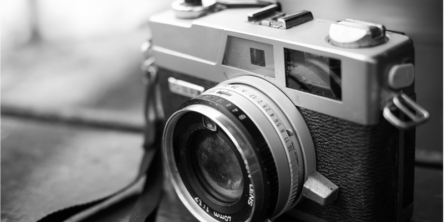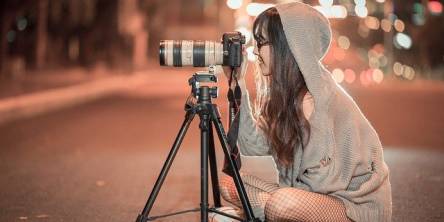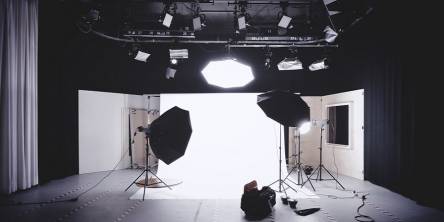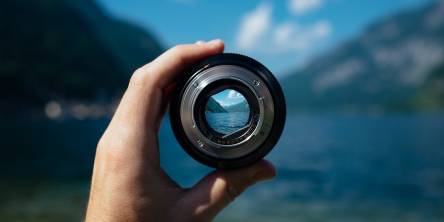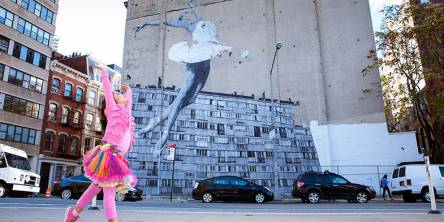7 Innovative Applications of Long-Term Time-Lapse Cameras

Long-term time-lapse cameras have become a game-changer in various industries. With the ability to capture slow processes over extended periods, these cameras offer a unique perspective on changes that would otherwise go unnoticed.
Whether you’re in construction, nature conservation, or even marketing, time-lapse technology provides endless possibilities. Let’s explore some innovative applications of long-term time-lapse cameras that may surprise you.
1. Construction Monitoring and Progress Documentation
One popular use for long-term time-lapse cameras is in construction. These cameras allow you to track every stage of a project—from laying the foundation to putting the final touches on a building. With time-lapse footage, you don’t just get a progress report—you get a visual history of the entire construction process.
Time-lapse solutions from providers like photoSentinel are specifically designed for long-term construction projects. Equipped with weather-resistant housing and solar panels, these cameras capture high-quality footage across months or even years.
By using time-lapse cameras, you also improve safety oversight. You can review footage to spot any potential hazards or lapses in safety protocols. Plus, the footage serves as documentation, which can protect you in the event of disputes or insurance claims.
2. Environmental and Wildlife Monitoring
If you’re involved in environmental conservation, time-lapse cameras can be an essential tool. These cameras allow you to monitor changes in natural landscapes, ecosystems, and wildlife populations without disturbing the environment. For example, you can track the regrowth of forests after a wildfire or monitor coastal erosion over months or years.
Wildlife researchers can also use these cameras to observe animal behaviors in their natural habitats. By capturing long-term footage, you can document migration patterns, breeding seasons, and food sources—all without physically intruding on these animals’ routines. This type of non-invasive monitoring offers more accurate insights into environmental changes.
3. Urban Development and Planning
As cities grow, urban planners need reliable data on how spaces are being used. Long-term time-lapse cameras provide a way to visualize traffic patterns, pedestrian flow, and public space usage over time. Instead of relying solely on occasional surveys or site visits, you can gather consistent, reliable footage of how a particular area evolves.
This visual data can inform decisions on where to build new infrastructure or how to optimize existing spaces. For example, city planners might use time-lapse footage to determine whether a busy intersection needs a new traffic light or a pedestrian overpass. In the long run, these cameras help planners make cities more efficient and livable.
4. Agricultural Growth and Crop Health Monitoring
Farming is a time-sensitive business, and having detailed data on crop growth can help improve yields. By installing long-term time-lapse cameras in your fields, you can observe crop development from planting to harvest. This continuous footage can reveal patterns in plant health that might go unnoticed during daily inspections.
For instance, these cameras can show how weather conditions like wind or rainfall affect crop growth. They also help farmers spot early signs of pests or diseases before they become widespread problems. The visual data collected can guide decisions about irrigation, pest control, and fertilization, ensuring healthier crops and more efficient farming methods.
5. Artistic Projects and Media Production
Artists and filmmakers often turn to time-lapse photography to capture unique visuals that unfold over time. If you're working on an art installation, mural, or any long-term creative project, time-lapse cameras allow you to document the entire process from start to finish. The final footage serves not only as a record but also as part of the artwork itself.
In media production, time-lapse videos add visual interest to documentaries, commercials, or social media content. You can show a full day’s worth of activity in seconds, capturing everything from busy city streets to changing weather patterns. These dynamic visuals engage viewers and tell a story that static images or regular video can’t match.
6. Scientific Research and Experiment Documentation
Scientific studies often require detailed observation over extended periods. Long-term time-lapse cameras are perfect for documenting experiments that take days, weeks, or even months to unfold. Whether you’re observing plant growth, chemical reactions, or geological changes, these cameras ensure you don’t miss a thing.
For instance, researchers studying glacier movement or climate change rely on time-lapse footage to track environmental shifts that occur too slowly for the naked eye to detect. In a lab setting, these cameras can document the development of microorganisms, plant growth under different conditions, or even the decay of materials over time.
7. Retail and Marketing Insights
In retail, understanding customer behavior is key to optimizing store layouts and improving sales. Long-term time-lapse cameras can give you a unique view of how customers navigate a store. By analyzing the footage, you can identify high-traffic areas, note where shoppers pause, and determine which displays attract the most attention.
This information allows you to make data-driven decisions about product placement, promotional displays, and overall store design. In marketing, time-lapse videos can also be used creatively to showcase events, store openings, or even seasonal changes in window displays.
Final Reflections
Long-term time-lapse cameras offer endless possibilities for capturing slow changes and uncovering hidden patterns. They’re a powerful tool for anyone looking to monitor projects, study natural processes, or craft unique visuals.
These cameras provide valuable insights that can help you make informed decisions, enhance creativity, and improve efficiency. Their ability to capture time in ways that the human eye can’t is what truly sets them apart.
Similar Articles
Product photography plays a vital role in attracting customer attention and getting sales. As we enter the year 2025, we must adapt to the rising trends of photography to stay abreast of the world.
When digital cameras began to become widely available and somewhat affordable, it seemed as if analogue cameras would fall into obscurity in the face of this seemingly superior technology.
For budding photographers, there’s a good amount of info out there. You can find out about apertures, lenses, and exposure times pretty easily
"No one is perfect on this globe; we all make mistakes at some point." This adage also applies to the photography profession, especially to new photographers. Some people are gifted with great photography skills, while some are not.
Not every picture you take might turn out the way you would expect it to. Thankfully there are many photo editing programs that can help you give some finishing touches and add artistic visions to your pictures.
It is a common question asked by photography clients; Where is the best place to get pictures taken? Should I choose an indoor studio location, an industrial park, or maybe a place full of trees? What are the most popular spots your clients choose to take photos?
Like every art, wedding photography has gone through some significant changes over the years. Candid wedding photography has become the new buzz in Indian weddings, to capture the unfiltered fun and frolic experienced during the special occasions.
A wedding is a miraculous event that celebrates love and the union of soulmates. Even though it is one of the most important days of any bride and groom's life, a wedding takes a lot of time and effort.
Wedding videography is an important part of any wedding. It creates priceless memories that will stay with you for the rest of your life. The price of a wedding videographer varies depending on their experience, equipment, and your wedding’s location. In the U.S. the average cost most couples spend is around $2,000.



